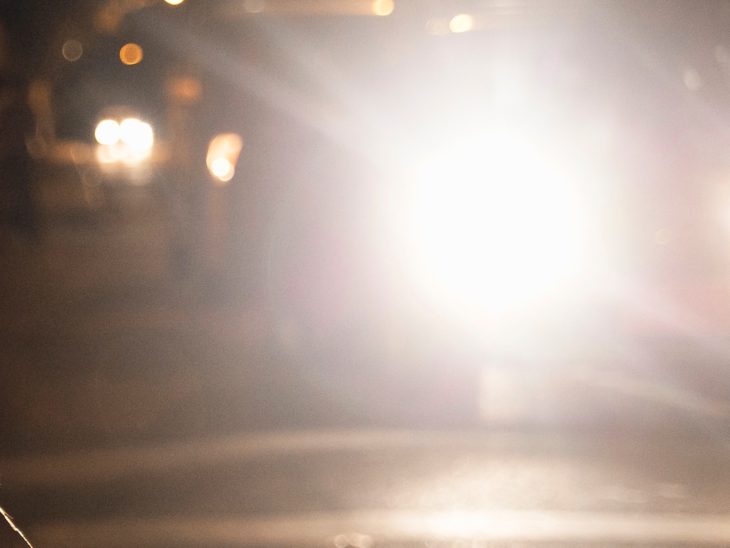Drivers are calling for government action on headlight glare with the majority believing some lights could pose an accident risk.
Research by the RAC has found that 91% of drivers say ‘some’ or ‘most’ car headlights are too bright while 54% of these state that they are dazzled more regularly now than a year ago.
And 70% believe some lights are so bright they represent an accident risk. In fact official government data shows there are around 300 collisions every year where dazzling headlights are a factor.
As such, 84% of drivers now want the UK Government to act to ensure regulations are updated to remove the possibility of glare being a result of modern technology.
When asked on the likely causes of glare, drivers were more torn. Half (51%) blamed vehicles that sit higher on the road, such as SUVs although 41% said the problem was not caused by any particular type of vehicle.
Similarly, when it comes to lighting technologies, 55% believe ‘bluer’ xenon or the most modern LED headlights are to blame, but a similar number (51%) are not sure or can’t tell the difference between the types of lights, and the RAC has warned that the reality may be more complex.
The research also found that in some cases drivers themselves might be inadvertently causing glare – either by not adjusting their lights correctly, or by having badly aligned lights. A total of 47% of drivers either never adjust their car headlights up or down when carrying different loads, or don’t do it regularly enough. And a quarter of drivers (26%) have suspected problems with a misaligned headlight, of which 9% either try to sort the problem out themselves or ignore it altogether.
Headlamp aim forms part of a vehicle’s MOT, and the requirements on garages to conduct this part of the test thoroughly were strengthened in 2016. But figures obtained by the RAC from the DVSA show that of the 26.5 million MOT tests completed in 2018 for Class 4 vehicles (which includes cars) over three years of age, 6% still failed as result of problems with headlamp aim, the equivalent of nearly 1.6 million vehicles. In 2016, the agency also stated that ‘headlamp aim consistently tops the MOT compliance survey as one of the most likely items to be assessed incorrectly by testers.’
RAC spokesperson Rod Dennis said: “The issue of glare is a complex one and it’s not as straightforward as saying one type of lightbulb causes more of a dazzling effect than another – there are a range of reasons why a driver might be dazzled, from a slight misalignment of a headlight, the difference in ride height of different vehicles and even individual people’s vision. That explains why not every car headlight appears to be dazzling, with eight in 10 drivers saying only some cause glare.”
I find I get dazzled regularly – what can I do?
Talk to your optician. If you wear glasses, a coating can be added that can go some way towards making it easier to see when you are faced with car headlights. A quarter (25%) of respondents to the RAC survey wear such glasses.
Adjust your rear-view mirror more often. Unless your car has a self-dimming rear-view mirror, you can reduce glare from vehicles behind you by doing this – more than half (56%) of drivers who responded to the survey say they do this.
When changing your car, look for one with a self-dimming rear-view mirror and even darkened glass (sometimes called ‘sunset glass’) when you next change your car. Both can be effective at reducing the bright light that reaches you.
Am I actually causing glare myself?
Check to see if your car automatically levels its headlights depending on the load you are carrying –the vast majority of cars on the road don’t.
If you don’t have automatically levelling headlights, always manually adjust them depending on the load you are carrying and according to the car’s manual. A single person driving with an empty boot needs a different setting compared to a single person plus a boot-load of luggage, or all five seats occupied and a fully-loaded boot.
Ask to have the angle of your car’s headlights checked next time you have it serviced to ensure the beam is being directed properly.











































